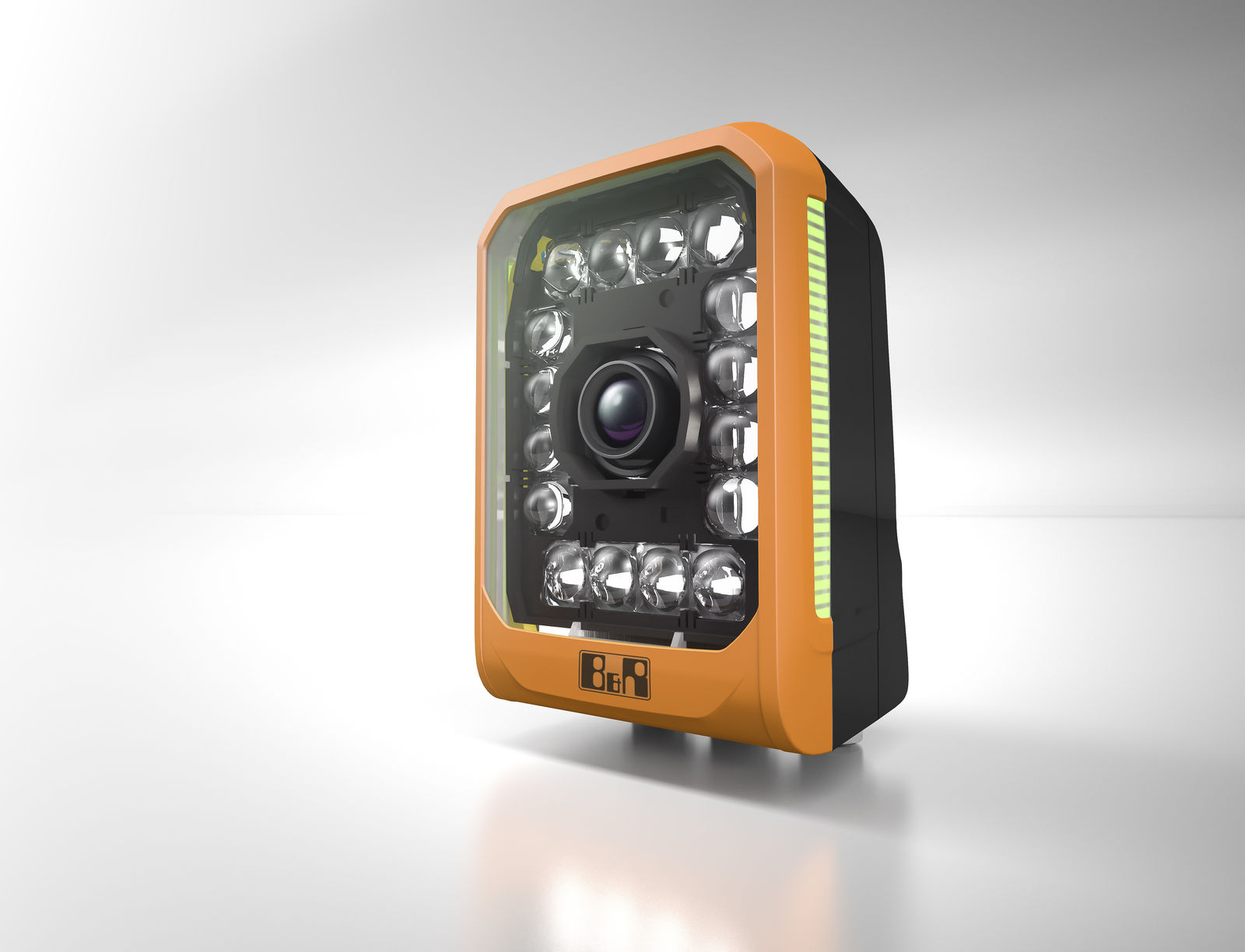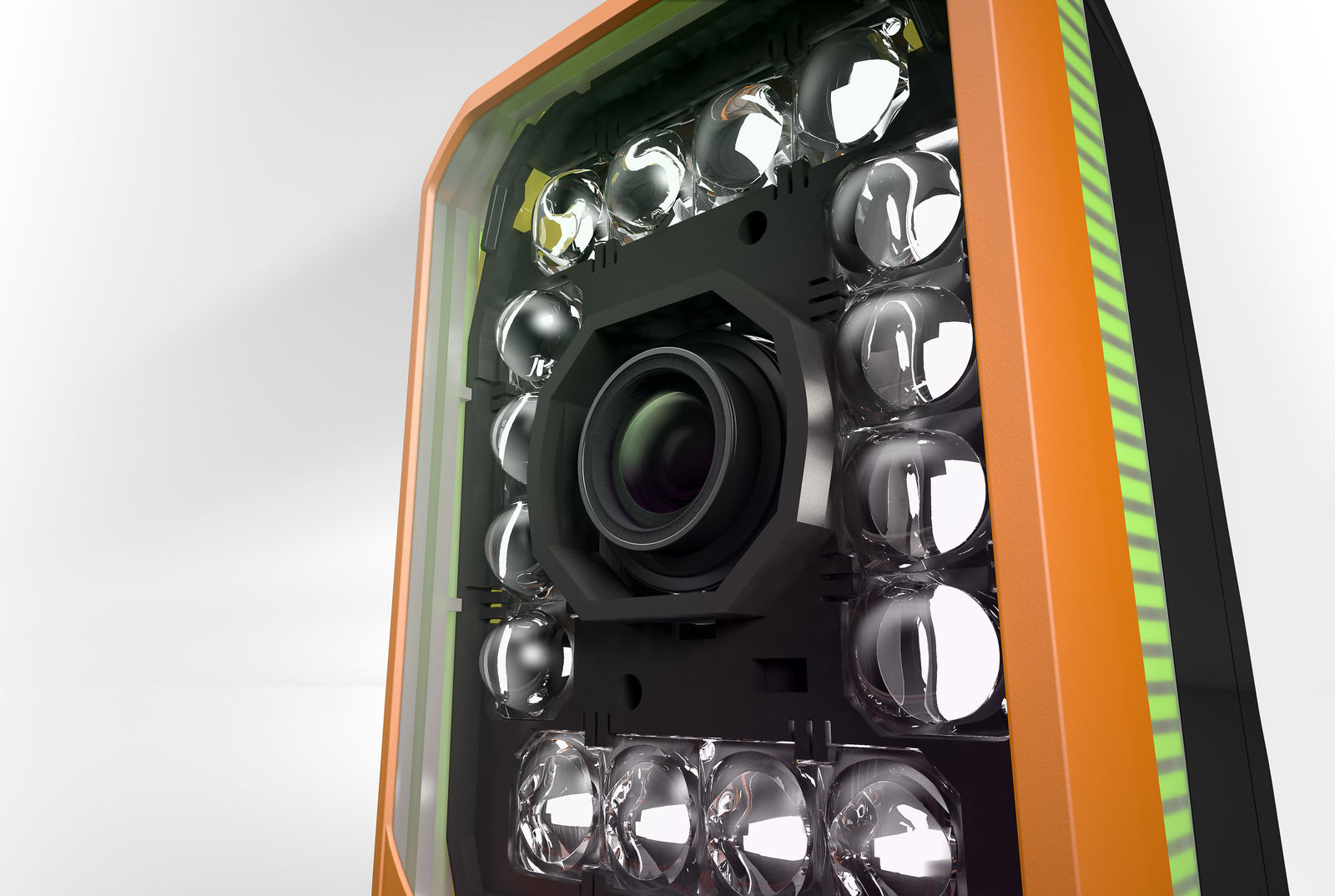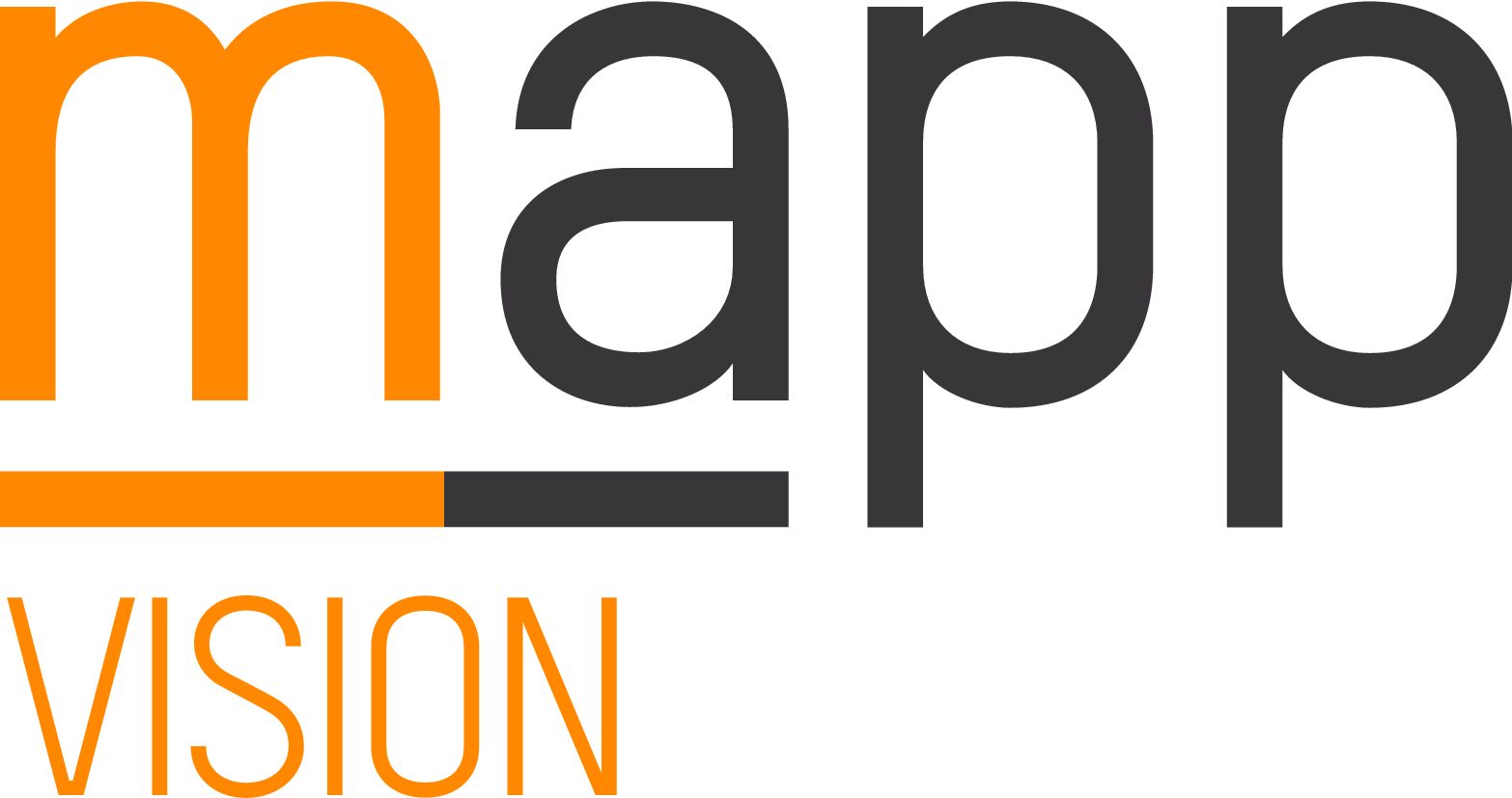B&R has incorporated machine vision into its automation system with an unprecedented level of integration. The cameras, intelligent image processing algorithms and innovative lighting portfolio are an integral part of the B&R control system. Automation engineers are now able to implement a large portion of machine vision applications on their own.
The core of the vision solution are the intelligent cameras: Smart Sensor and Smart Camera. Smart Sensor is designed to implement a single machine vision functionality, such as QR code reading or position detection. Unlike many other devices in its class, there is no need to install dedicated hardware for each function.

Instead, the user simply configures the desired Smart Sensor function in the Automation Studio development environment. OEMs only have to stock a single camera type and are nevertheless able to support a wide range of applications.

Scalable hardware
In cases where more than one functionality is required, it is easy to switch to the more powerful Smart Camera. The existing application software, parameters and models can continue to be used.
Whichever camera type is selected, installation could hardly be easier: Simply hook the camera up to the machine network, and it automatically obtains all the settings it needs from the controller.
Full flexibility
If desired and enabled in the user management system, all variables and parameters can also be adjusted in real time during operation. It's also possible to add new models for object recognition or code types and other search criteria at runtime. Both camera types feature multi-core processors and integrated FPGA image preprocessing. This enables sophisticated functions such as text recognition based on deep learning algorithms.
Optimum image quality
Each hardware variant can be equipped with one of three image sensors, ranging from 1.3 to 5 megapixels. All three sensors are characterized by their large pixel size, high light sensitivity and low noise. This guarantees optimum image quality – even in high-speed applications.
Housing variants are available with either an integrated lens or a standard C mount. The C mount supports lenses from B&R or third parties – for example when telecentric lenses are required.
A special cover is available for C-mount lenses from B&R to retain IP67 protection. The integrated lenses have electronic focus adjustment and are available in focal lengths from 4.6 to 25 mm. All B&R lenses are specially optimized for the image sensors used to achieve maximum sharpness and optimal imaging performance.
One cable is all you need
The camera only needs a single cable. The camera is integrated into the machine network via an M12 hybrid connector which also supplies the necessary 24 VDC power. A second hybrid connection enables daisy-chain cabling with lighting elements.
C-mount lenses
B&R's machine vision portfolio includes five C-mount lenses that cover a wide range of focal lengths from 12 to 50 mm. The lenses are specially optimized for the image sensors used and offer an excellent price/performance ratio. The lenses have exceptionally low distortion and high detail contrast (modulation transfer function – MTF). This enables high resolution all the way to the corners of the image.
Optimum lighting for every situation
B&R has developed and patented an innovative lighting system for its vision solution. Lighting control is synchronized with the automation system in the sub-µs range. The modular barlights and backlights ensure optimum results even in difficult lighting situations.
As integral parts of the automation system, both cameras and lighting are easy to synchronize with other sensors, motor positions and events in the machine application. Lighting control with microsecond precision is even guaranteed when synchronizing multiple cameras and light sources.
Each light has an integrated flash controller, so no external hardware is required. The controller ensures a precise pulse current supply to the powerful LEDs. This enables light pulses of at least one microsecond duration at maximum intensity. The B&R vision system can therefore also be used for high-speed applications without any problems.
Just the right light
The flexible barlights are available individually or arranged as ringlights in groups of 4, 6 or 8. There are also two different sizes of backlights. Each light can feature up to four different LED colors. The spectrum ranges from white and various visible colors to infrared and ultraviolet. This makes it possible to achieve just the right contrast, color, illumination and intensity for any application.
Many machine vision applications require very precise alignment of the light source to achieve good results. B&R's barlights are therefore available in a version with electronic angle adjustment from 0° to 130°.
When producing multiple products on the same machine, the lighting angle can be optimized between batches – simply set it once and save it as part of the batch recipe. Ringlights with electronic angle adjustment make it possible to optimize the light cone to avoid scattered light.
Configuration at runtime
Just like the angle of the barlight, all other lighting parameters can be configured at runtime to adapt to new products. Combining LEDs of different colors makes it possible to adjust the wavelength at runtime to optimize contrast. Diagnostic data can be read from the lights at any time thanks to their network connection.

mapp Vision
The full range of mapp Vision functionality is available with the upgrade to Automation Studio 4.6. When the Technology Package is installed, the correct firmware is automatically installed on all required components. This simplifies configuration considerably and prevents errors.
B&R has integrated the HALCON machine vision library from MVTec into mapp Vision. The algorithms have proven themselves over many years to enable robust, high-performance solutions for detecting position, checking completeness and evaluating quality as well as measurement and identification.
- mapp Vision functions include:
- Identification – more than 40 different code types
- OCR reading – Character recognition with deep learning algorithms
- Blob analysis – Model-based surface detection with comprehensive analytics
- Matching – Flexible object recognition
- Metrology – Powerful, precise measurement instrument